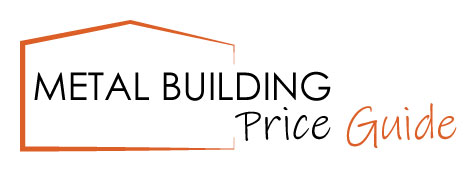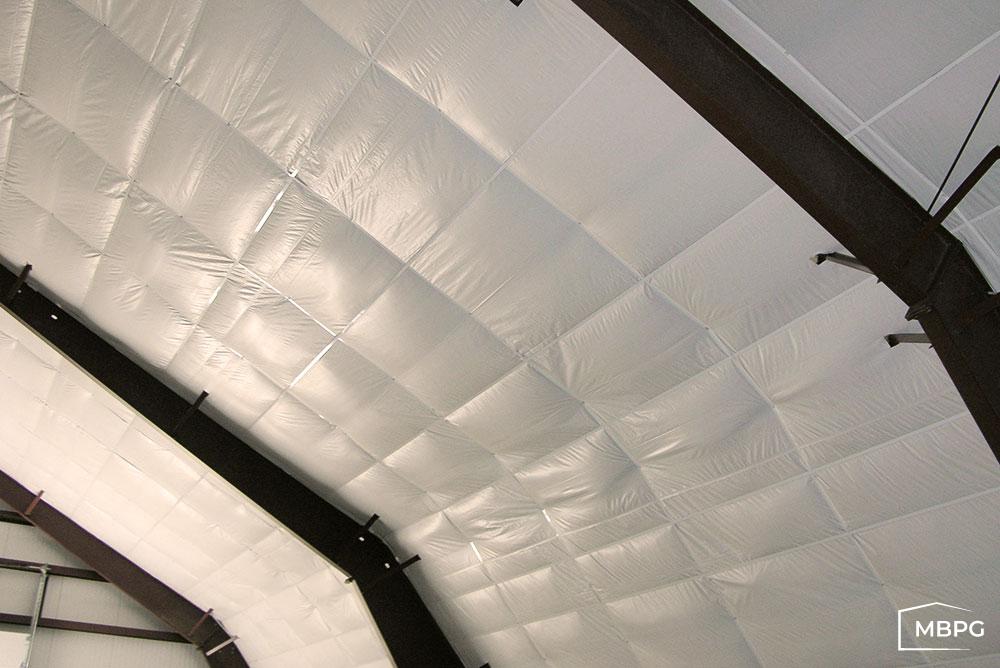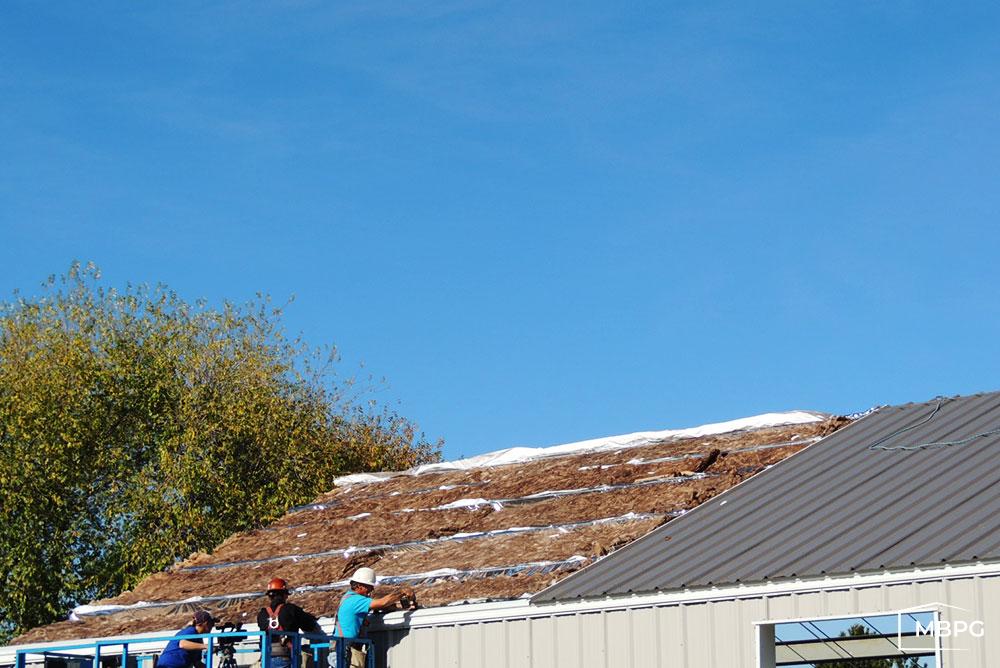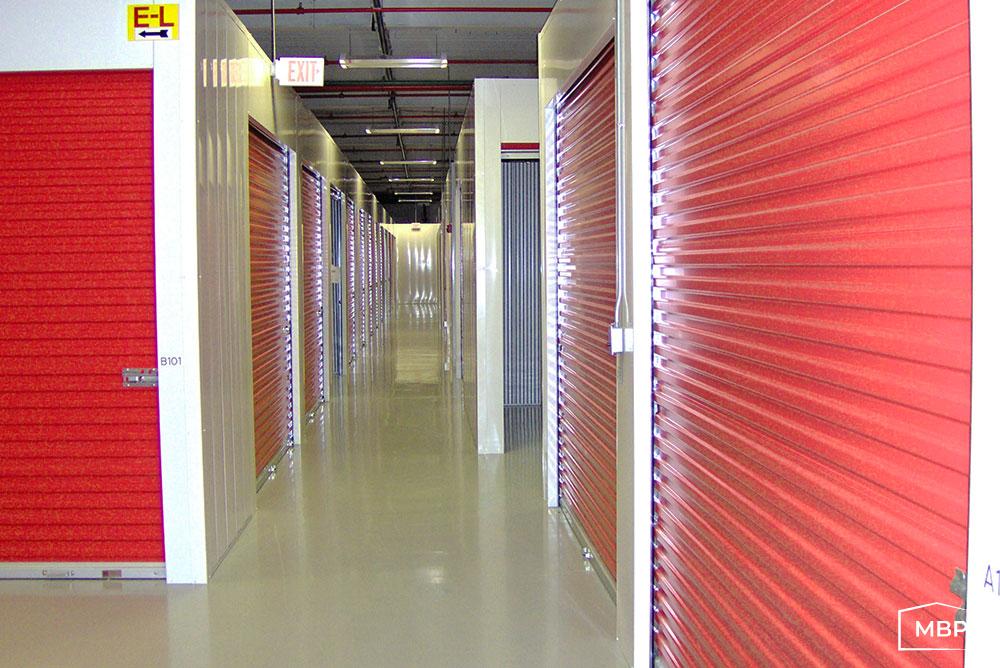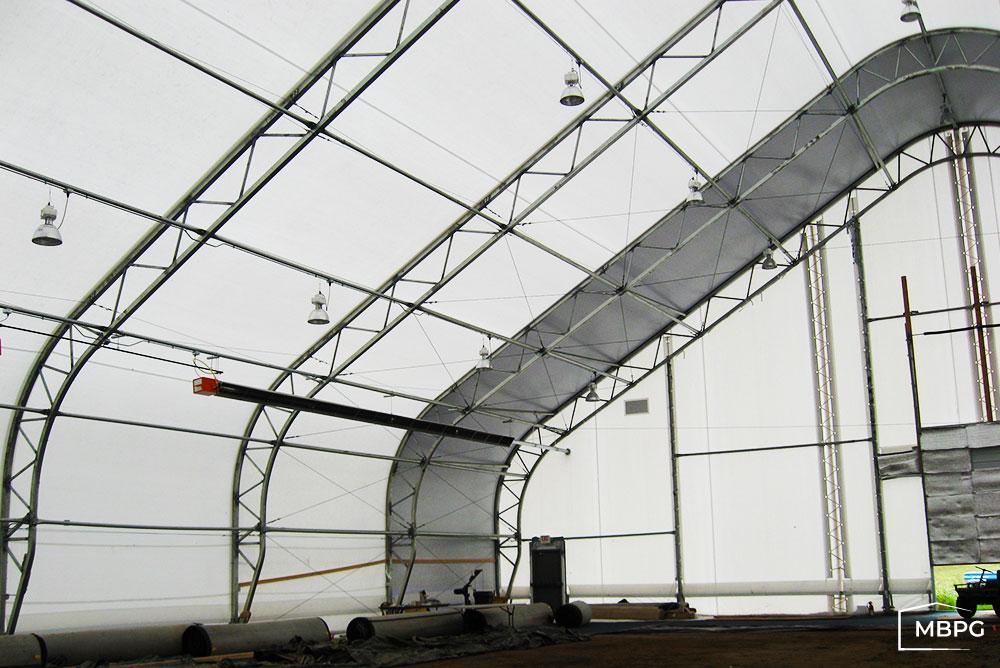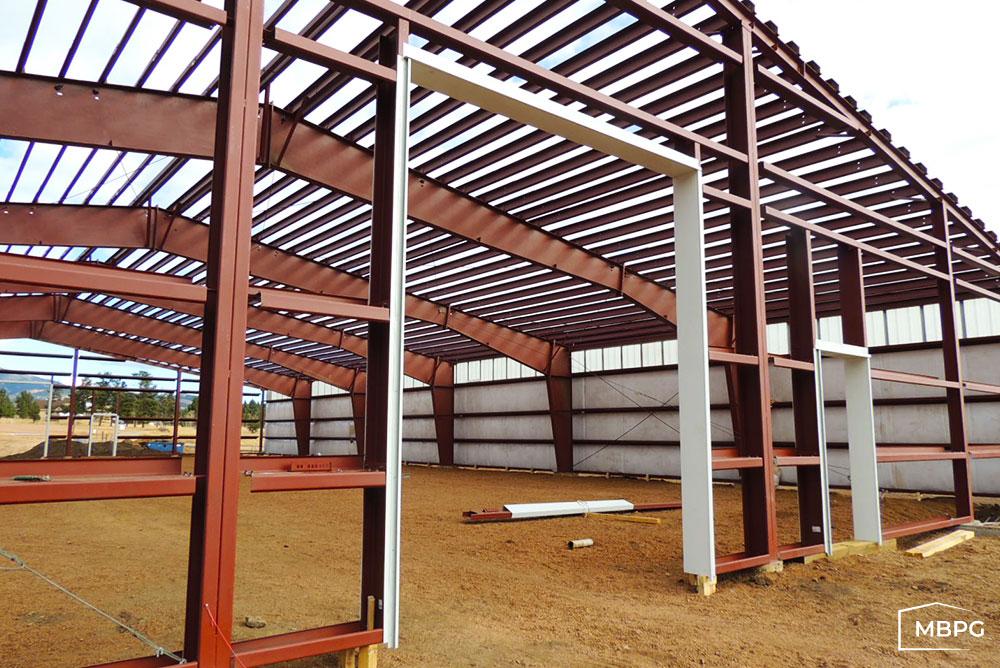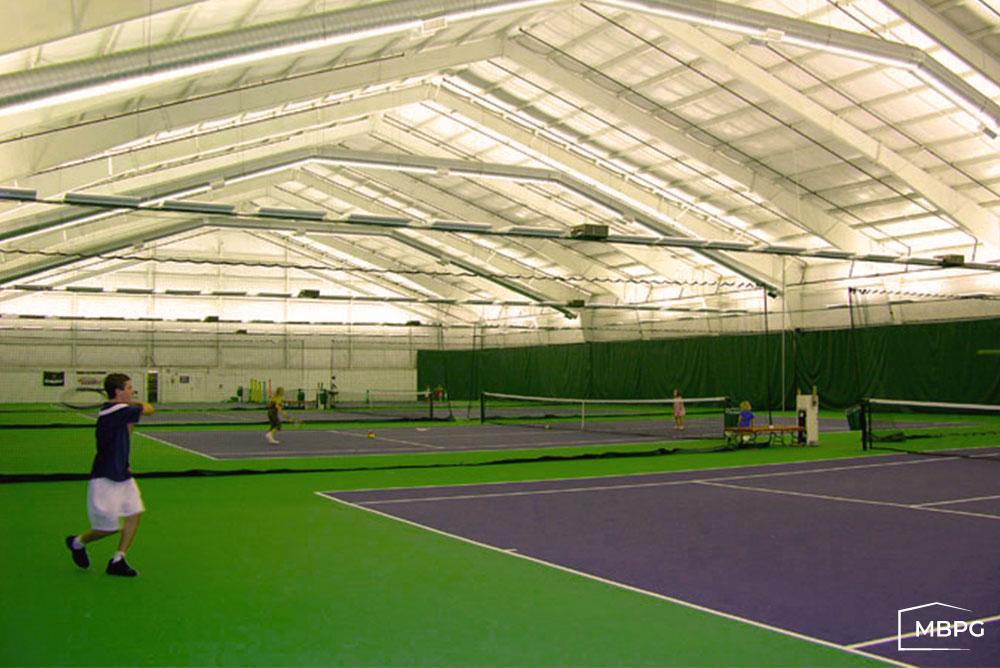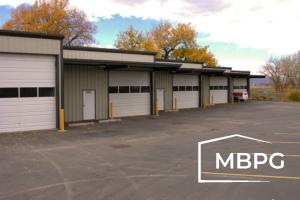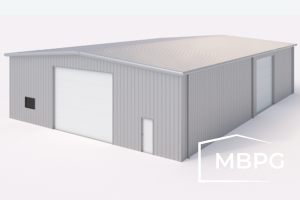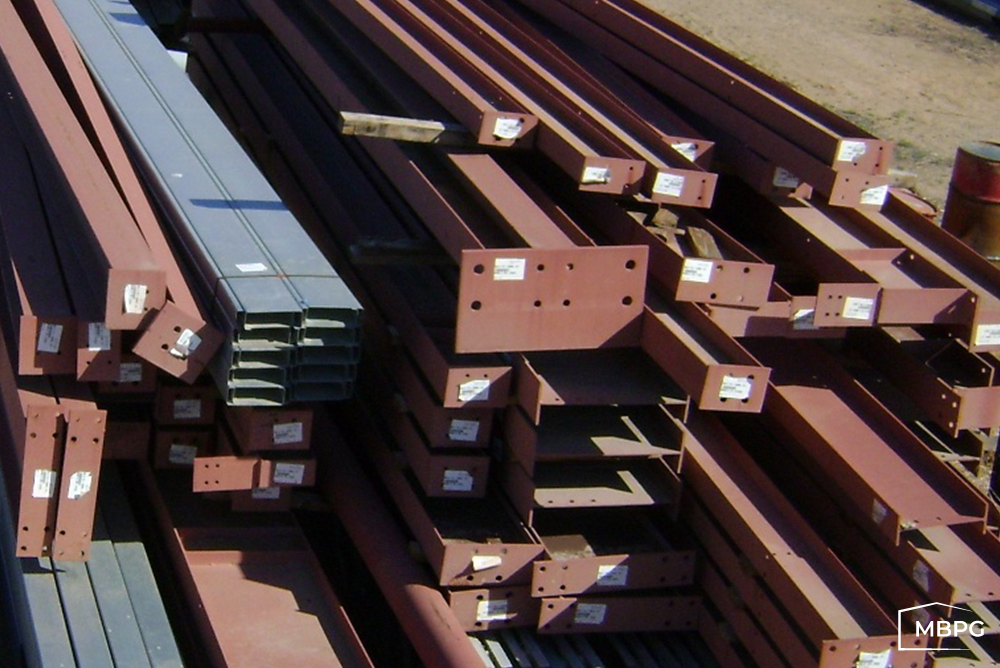How to Increase Metal Building Envelope Energy Performance Values
As an investor, taking advantage of cost-saving techniques is essential to continued success. With a metal building several options present themselves for decreasing the cost of ownership. One significant way that affects both the present and future is to increase the envelope energy performance values of your metal building.
Within the metal building industry, two main options help increase the energy envelope performance value; energy efficient insulation at the time of the build, or retrofitting an existing structure.
New Metal Building Fiberglass Insulation
New metal building construction has several options for insulation, which can be installed at the time of the build: banding insulation, and energy efficient insulation.
Banding systems have some of the highest R-values available. These consist of two layers of fiberglass insulation. One layer of fiberglass is precut to fit between the roof purlins supported by white steel bands and the second layer runs from peak to eave and are compressed between the inner frame and outside panels.
Energy efficient insulation systems combined the layered banding of the previous system with energy saving fabric, which yields one of the industry’s highest thermal performance results. The energy saving fabric is tear-resistant and imparts a smooth, durable finish to the building’s interior, as well as options to be used for OSHA compliant for fall protection.
Retrofitting Insulation in Existing Metal Buildings
Something as simple as retro-fitting an existing structure with a new improved insulation upgrade can completely transform the building functionality and use from an unheated space to a desired climate-controlled environment.
Energy codes can also be met by retrofitting an existing metal building with one of several insulation options. Either a single layer of insulation is used to cover existing insulation or replace the existing wall insulation and bring it up to energy efficiency code. Energy-saving insulation fabric covering, insul hold bands, steel banding, and steel liner panels are often used to secure either system.
Adding a vapor barrier or thermal block will help maximize savings. These features help combat moisture and protect the longevity of your structure, further increasing the overall R-value.
Not all methods are created equal when it comes to thermal resistance. Some insulation products (such as High R-value Double Layer Insulation Systems) offer higher resistance than others.
While compliance with the minimum requirements of the energy code may be mandatory, increasing your building’s envelope offers is logistically feasible, financially and environmentally beneficial, and can potentially increase the resale value of a property. There’s no better time to seek out the best insulation for your existing and future structures.
Understanding Building Energy Codes to Make the Most of Your Envelope Performance
International Energy Compliance Codes (IECC) have become increasingly advanced, but complying with new requirements has benefits, such as reduced costs, energy savings, and lower environmental impact. If you’re looking to increase the performance value of your structure, knowing the requirements can help you determine the changes and updates that best fit your needs.
Energy code requirements vary by state and climate region, so it is crucial to know the specific local building energy codes for your commercial or residential structure. Depending on your state, there may even be tax credits available for energy efficient buildings. Find out your state’s requirements and potential IECC tax benefits here: https://www.energycodes.gov/
The Benefits of Increasing Your Metal Buildings Envelope Energy Performance Values
Saving just $100 per month average will add up to $24,000 savings over 20 years! A properly insulated building will have reduced or in some cases, will have eliminated condensation buildup and provide a more temperate interior for both occupants and items which require a climate-controlled environment. Proper insulation requires an initial investment in the right insulation system, which quickly returns the investment with savings on heating and cooling. A Department of Energy estimate puts the savings for home and business owners in The United States at approximately $126 billion. Such savings will occur in the following areas:
*Decrease in heating and cooling costs
*Less use – wear and tear of mechanical systems prolonging life cycle
*Increased reflectivity of lighting package
There are significant environmental benefits to reducing our energy usage. According to The Department of Energy, new energy codes have the potential to prevent the creation of 841 million metric tons of carbon dioxide emissions through 2040.
